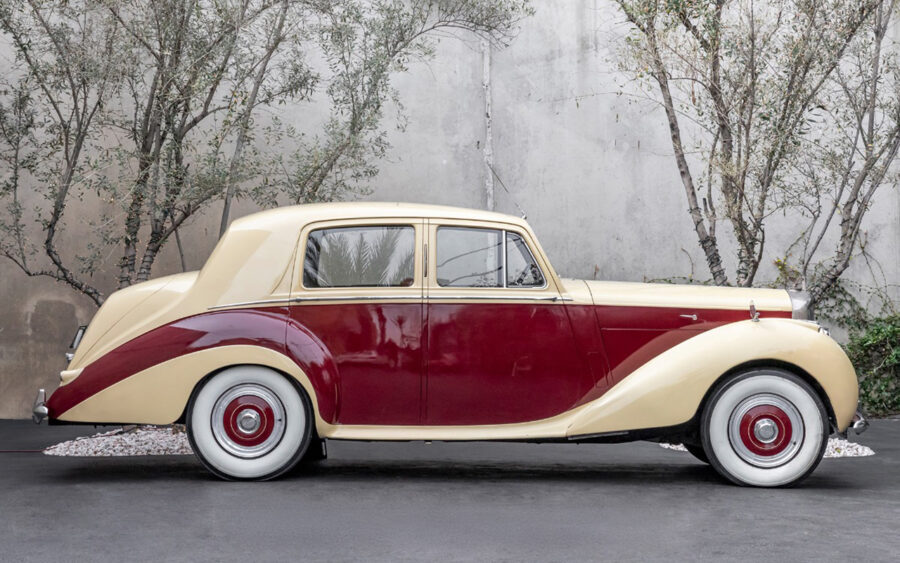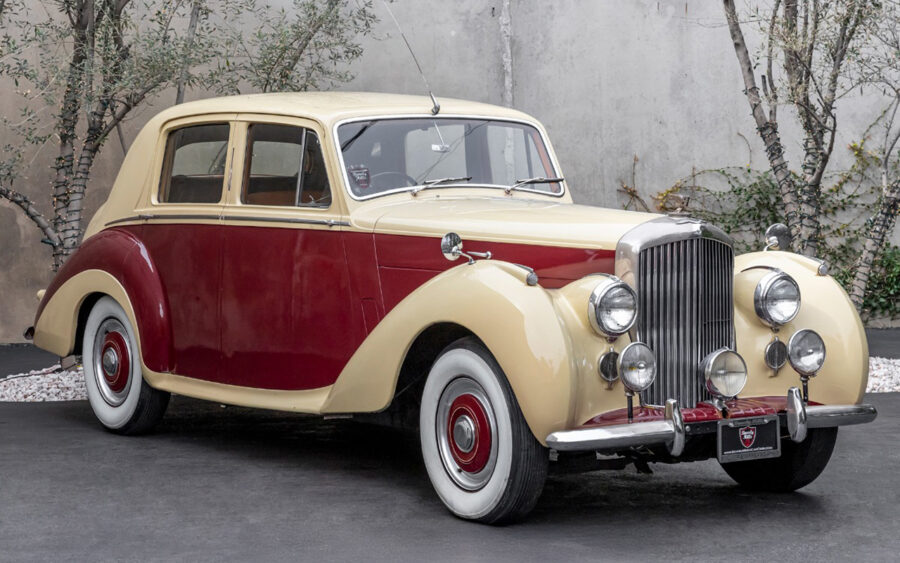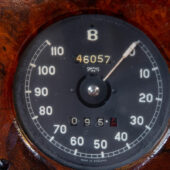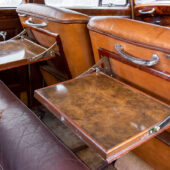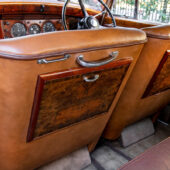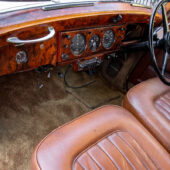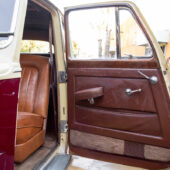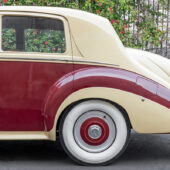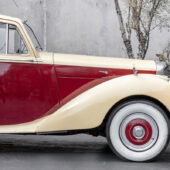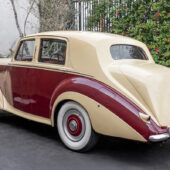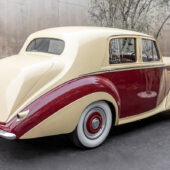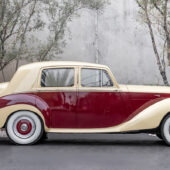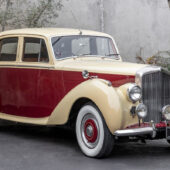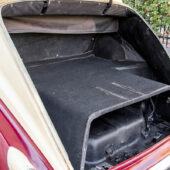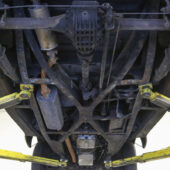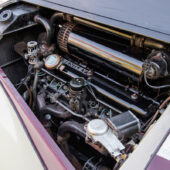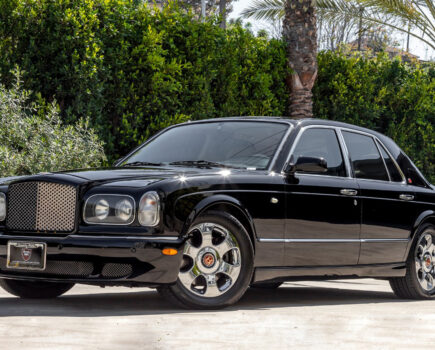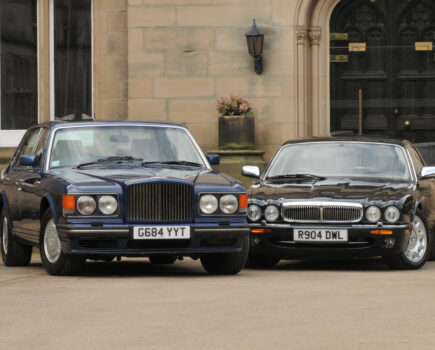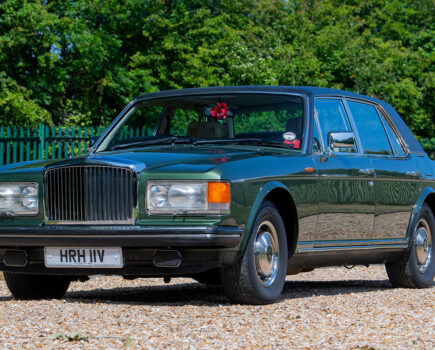The Bentley R-Type proved a big success for its maker in the early 1950s, continuing the good work of its closely related predecessor. Here’s how to live with one
Sponsored editorial in association with Beverly Hills Car Club
Words: Paul Guinness
It would be pointless discussing the history of the R-Type without also mentioning its predecessor, the Bentley MkVI, as the two cars are so closely linked. Indeed, there’s no difference between the R-Type and MkVI in terms of ownership in the 21st century, so your final choice often comes down to what’s available for your budget at the particular time you’re looking.
The MkVI marked the start of a new era, as this was the first Bentley to be built at Crewe since Rolls-Royce’s takeover of the marque in 1931. Even more importantly, it was the first Rolls-Royce product of any sort to be provided as a complete car (bodied, trimmed and furnished) from the factory, with all previous Rolls-Royces and Bentleys having been sold in rolling-chassis form for coachbuilders to work their craft on.
Using a shortened version of the Silver Wraith’s chassis (120 instead of 127 inches) and the same 4257cc straight-six engine (later increased to 4556cc), the MkVI could be had as a ‘Standard Steel’ saloon for just shy of £4500 in Britain, featuring an all-steel welded body produced by Pressed Steel, with final assembly, painting and trimming being carried out at Crewe. For those buyers craving something more bespoke, however, bare rolling chassis could be provided, with such revered coachbuilders as James Young, Park Ward, Hooper, Radford and Mulliner all creating bodies in a variety of different styles.
The MkVI was usurped by the Bentley R-Type in 1952, although the newcomer was essentially an update of its predecessor – and a successful one, with around 2300 R-Types sold during its three-year run, adding to the MkVI’s success rate of 5200 sales. The most obvious change over the MkVI was an enlarged boot on the ‘Standard Steel’ saloon, answering one of the few constant criticisms of the older model.
The R-Type was similar to the contemporary Rolls-Royce Silver Dawn (announced for the US market in 1949, though not available in Britain for another four years), but it was the slightly cheaper Bentley that proved by far the bestseller. Differences between the two included the R-Type having twin carburettors instead of the Silver Dawn’s one, as well as a different cylinder head and a much freer-flowing twin exhaust system.
Given that they are such similar cars, the character and appeal of an R-Type is the same as the older MkVI. While most MkVIs come with the smaller engine of the early cars, all R-Type buyers benefit from the 4.6-litre unit that arrived later, usually combined with automatic transmission for a more effortless driving experience.
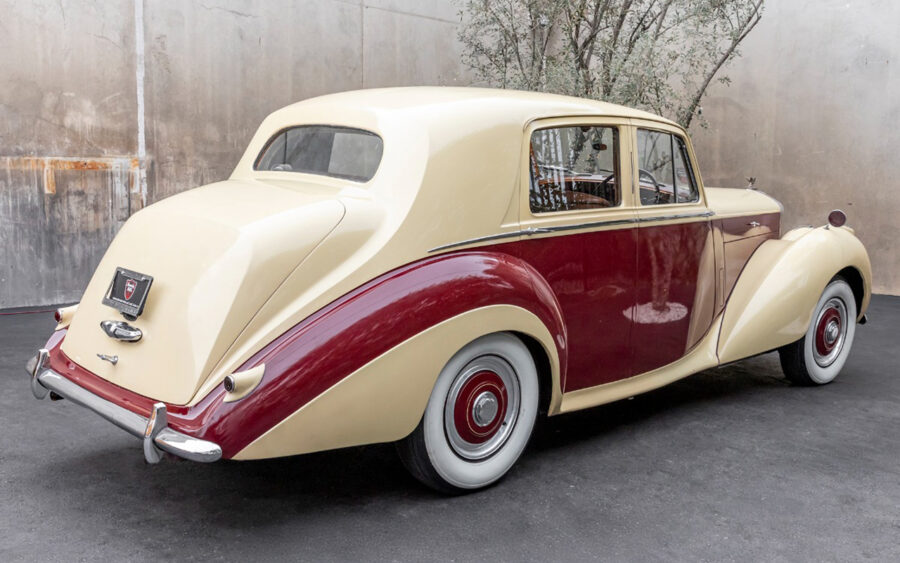
Engine, transmission and mechanicals
The six-cylinder sidevalve (or flathead) engine fitted to these cars is a strong and reliable unit that’s capable of very high mileages with the right kind of maintenance. If yours shows signs of a slight tapping sound, it’s likely down to a broken piston ring. Excessive smoke, meanwhile, might indicate that the engine’s burning oil, but is just as likely to be caused by shortened liners as these are known to shrink in service; oil then finds its way under the bottom edge and up the back of the insert before burning in the combustion chamber.
Overheating issues aren’t unusual. These cars feature a cast iron block and an alloy cylinder head, between which is a copper-faced gasket; reaction between the metals can cause small quantities of debris, which can then partially block the water passages.
If yours is a manual-transmission car, gear changes should feel smooth and precise; if there’s any crunching on second, third or fourth (there’s no synchromesh on first), then the gearbox may well be due a rebuild. The R-Type had the option of a four-speed automatic; if there are any signs of it jumping out of gear, particularly when under load or tackling an incline, again there’s some expense ahead.
The hydro-mechanical all-drum braking system is very effective, combining hydraulic actuation for the front wheels with a mechanical rear system. The mechanical servo (effectively an oil pump) is driven from the propshaft; it works well and gives surprisingly modern levels of stopping power when everything is adjusted up properly. Common problems include partially seized slave cylinders. The master cylinder, meanwhile, is located under the car, topped up by removing the driver’s seat squab and a floor panel, which also covers the battery; access isn’t particularly easy, but you should still regularly check that the brake fluid is at the correct level.
There’s independent suspension up front, with coil springs and wishbones, paired with a leaf-sprung live rear axle. However, these cars also feature one of the earliest adjustable ride systems, with a pump driven from the propshaft providing a pressurised oil supply to the double-acting rear dampers, moving metal bellows inside the units to either compress or release the pressure on the damping oil. It’s highly effective, but you do need to regularly check for any leaks from the shock absorbers. It’s essential that the flexible connection which takes the oil from the gearbox-driven pump to the supply pipe is intact, as well as the bellows themselves. You should also carefully check the suspension system’s rubber components, as these are prone to perishing.
The low-geared steering needs a good deal of muscle at parking speed, so don’t assume there’s a fault if it feels heavy. If during your ownership you spot any rust-stained oil leaking from the pivot points in the radius arm trunnion blocks, the needle roller bearings within have probably seized.
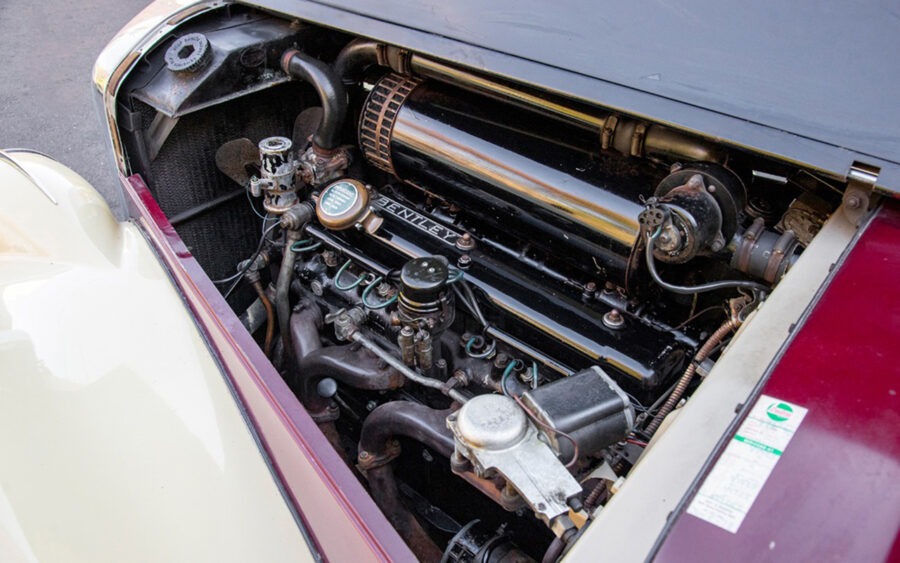
Bodywork and interior
The sturdy chassis used for the R-Type (and MkVI) is robust, and so major structural rot is unusual. Far more likely will be rust in the ‘Standard Steel’ bodywork, as any example that’s not cossetted can suffer from corrosion.
Among the areas to closely monitor are the sills, with the inner and outer sections forming a closed ‘box’, the front of which can rot; this then allows water into the sills, causing further problems (particularly if the drain holes are blocked). Rust around the door shuts isn’t unusual, caused by perished door seals that are meant to sit in a channel that runs around the aperture. Poor quality seals around the boot lid also cause problems, allowing water to settle in a section between the floor of the spare wheel cavity and the back of the car. You should also regularly inspect the body mounts that can be found under the rear wings, bolted to the spare wheel well, as serious rust in this area can mean the mounts becoming detached.
Moving to the front wings, it’s not unusual to see the sidelight that’s mounted on top either coming adrift or showing signs of cracks. The sidelight surround was spot-welded separately to a flat section, expertly finished off with lead-loading, but after all this time the wing and sidelight can begin to part company.
The MkVI’s interior was built to a high standard but can obviously show signs of wear. During your ownership, keep an eye on the wood veneer used for the dashboard, door tops and rear picnic tables as any professional restoration work will be expensive. High-quality hide was used throughout, but again this can wear and crack due to a combination of age, high mileage and neglect. Minor wear can be dealt with via a leather renovation and treatment kit, but anything major might again require the services of a professional – and that’s when costs start to mount. Keep your leather supple by regularly ‘feeding’ it to reduce the chances of cracking.
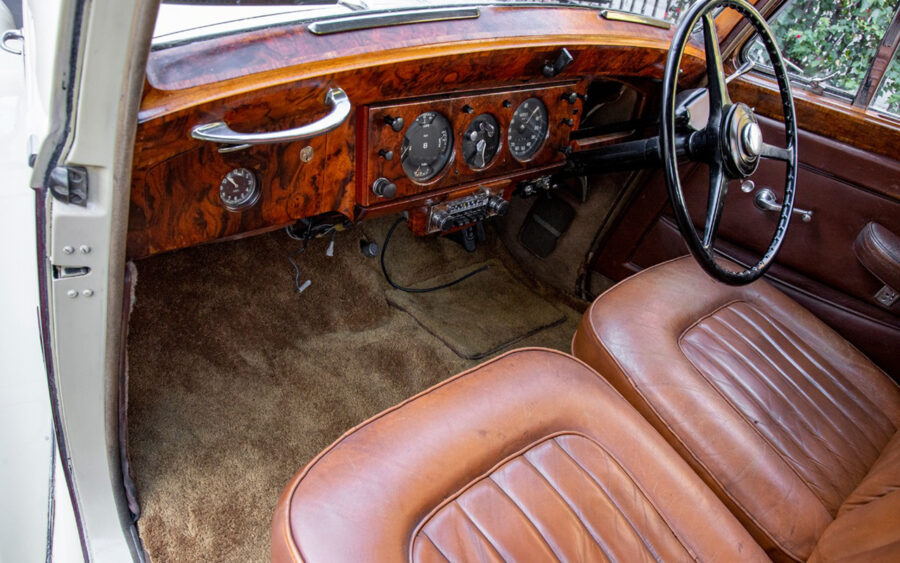
Finding a good example
Although the R-Type (and MkVI) was a major success by Bentley standards, it was still an exclusive machine that was hand-assembled in relatively small numbers. An excellent survival rate, however, means finding your ideal example is fairly straightforward, whether you’re based in the UK, the US or elsewhere.
In the UK, project cars are regularly available from less than £10,000 (often a lot less), while roadworthy saloons in fine mechanical order can be found from around £15,000-£20,000, although at this price range some cosmetic work can be expected. Having said that, we’ve seen some absolute steals at auction in recent times, with tidy looking MkVIs and R-Types changing hands for around £15,000.
Increase your budget to £25,000-£30,000 and you’ll be able to find a Standard Steel model that wouldn’t look out of place at any show, while £35,000-£45,000 should secure a car restored to a very high standard. Coachbuilt models are in a different price league, though, with some of the rarer offerings from companies like Park Ward and Mulliner commanding up to £100,000 when presented in exceptional condition.
In the US, Beverly Hills Car Club usually has a selection of ‘Standard Steel’ R-Types available – and often at very tempting prices. At the time of writing, these start at just $17,500 for a white, right-hand drive 1952 example that’s described as “mechanically sound” and is ready to use. At the other extreme, meanwhile, is a left-hand drive car finished in silver and looking very smart both inside and out, sensibly priced at $32,500.
R-Types are available from the same company for a variety of different prices within that range, although anyone craving a coachbuilt car can spend more – such as the very handsome James Young two-door coupe, said to be one of just 12 examples built and now available at just a shade under $60,000.
Sponsored by Beverly Hills Car Club
The automobiles sold at Beverly Hills Car Club combine all the elements of its exclusive address in Los Angeles: cars for sale that are the very last word in tasteful elegance, chic and impressive sophistication, with careful attention given to each vehicle and each client. Both national and international customers are catered for, with a huge stock of classics to choose from.
For more information and to view the Beverly Hills Car Club stock, visit beverlyhillscarclub.com
